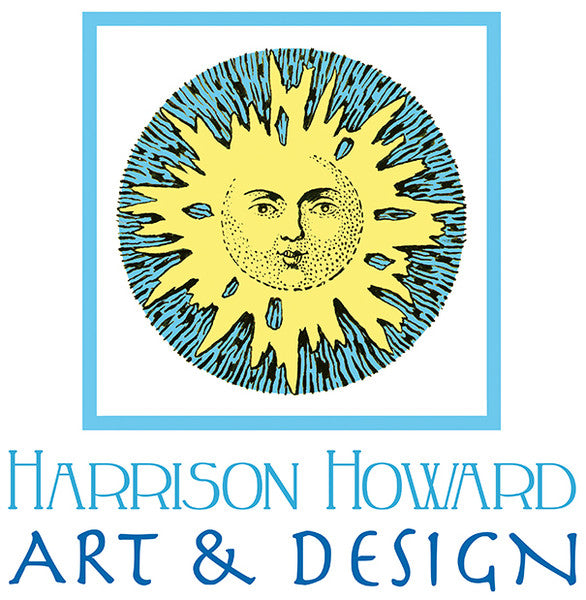ABOUT GICLEES
GICLEES ON THIS SITE
The giclee prints available on this site are printed to the highest possible standards. They are printed with pigmented inks that have much greater longevity than dye based inks, and each print is individually inspected, signed, and numbered by the artist. Each print is produced on archival 100% cotton fiber acid free paper. The texture of the paper closely resembles the watercolor paper on which the original works were painted, and is bright white to maximize the saturation and clarity of the colors. Accelerated tests indicate that these giclee prints will last at least 100 years before any fading might be detected, if handled properly. This type of longevity compares very favorably with that of original work on paper in a variety of other mediums.
SOME ASPECTS OF GICLEE PRINTING
Giclee prints have a major presence in fine art printing today, joining the ranks of limited edition lithography and serigraphy. Of these three methods, giclees have gained great popularity for two reasons especially. Firstly, giclees can replicate work in either water base or oil mediums on a large variety of paper and canvas with such subtlety and fidelity that it is often almost impossible to tell the print from the original work. Secondly, giclee printing allows artists to reasonably print as little as one print at a time, unlike either lithography and serigraphy, which are only economically feasible for printing in a quantity that becomes prohibitively expensive for many artists. The appearance of a giclee print in terms of depth, color, and texture cannot be surpassed by either lithography or serigraphy, if in fact equaled.
Giclee printing is relatively new, the first examples dating to 1989. There is controversy among art experts over the artistic integrity of digital prints, although digital prints are clearly here to stay. Both lithography and serigraphy created similar controversy in the early years of their development among gallery owners, museums, and private collectors. Major modern artists such as David Hockney, Robert Rauschenburg, Jim Dine, and a host of others have produced digitally printed giclee prints. Like a master lithographer, an accomplished giclee printer requires a high level of knowledge and experience to achieve top results.
Not all giclees are “equal”, and quality varies widely depending on a printer's methods and materials. Giclees can be printed with a variety of inks on a variety of surfaces using a variety of equipment, all of which determine the quality of the final print and its longevity. If you are interested in more detailed information there are many websites and books with extensive information.
All works on paper, including giclee prints, should only be handled with clean hands, and as little as necessary. They should never be hung in direct sunlight, or under unfiltered fluorescent light. These giclees should never come in direct contact with water on either side of the paper, and it is advisable that they be framed professionally, using an archival backing, and in particular, using spacers that will separate the surface of the print from direct contact with the glass. A mat of any kind serves as a perfect spacer. It is a standard practice in frame shops to use spacers for framing works on paper that are under glass if there is no mat, but it is a good precaution to specify that you want spacers, just in case. The spacers separate the print from the glass by roughly 1/8 inch or more. This practice prevents any possible condensation that might build up under the glass from ever touching the print.
